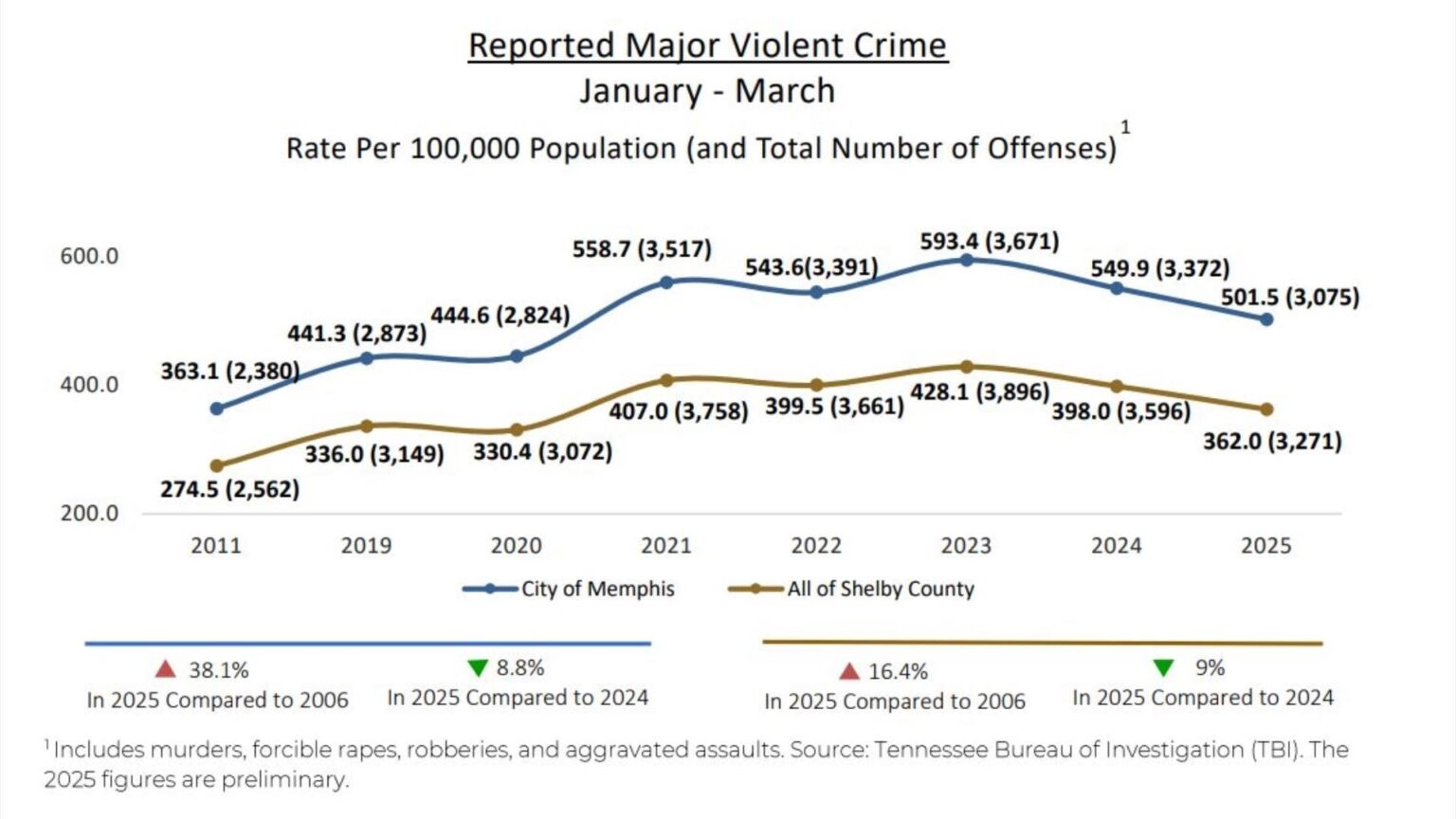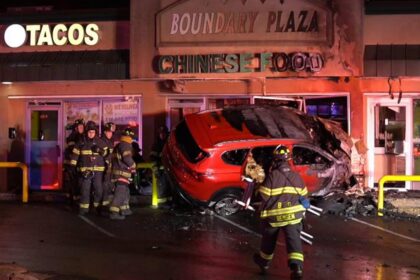Memphis Leads U.S. Cities in Crime Rates: An In-Depth Examination of Urban Violence Trends
Memphis Emerges as the Nation’s Crime Epicenter Amid Rising Violent Offenses
Memphis has recently been identified as the U.S. city with the highest crime rate, driven predominantly by a surge in violent crimes. Data from 2023 indicates a significant escalation in incidents such as aggravated assaults, homicides, and armed robberies, which have propelled Memphis to the top of national crime rankings. Law enforcement officials cite a complex interplay of economic hardship, entrenched gang presence, and insufficient community policing resources as key contributors to this troubling trend.
Other metropolitan areas are also witnessing increases in violent crime, reflecting a nationwide challenge. The table below outlines the top 10 U.S. cities currently experiencing the most severe crime rates:
| Rank | City | Leading Crime Type | Violent Crime Rate (per 100,000 residents) |
|---|---|---|---|
| 1 | Memphis, TN | Homicides & Assaults | 1,920 |
| 2 | Baltimore, MD | Robberies & Assaults | 1,650 |
| 3 | St. Louis, MO | Gun Violence & Homicides | 1,540 |
| 4 | Detroit, MI | Assaults & Burglaries | 1,430 |
| 5 | Chicago, IL | Gun-Related Violence | 1,320 |
To combat this surge, Memphis authorities have ramped up patrols, launched community outreach initiatives, and fostered collaborations with federal agencies. Nonetheless, experts emphasize that long-term crime reduction depends on tackling the root socio-economic issues that perpetuate violence. As Memphis remains under intense scrutiny, policymakers are actively seeking innovative and sustainable solutions to reverse these trends.
Key Drivers Behind Memphis’s Elevated Crime Rates
The persistent high crime levels in Memphis stem from a web of interconnected challenges. Economic inequality plays a pivotal role, with many neighborhoods facing elevated unemployment and limited access to quality education. These conditions often leave residents vulnerable to engaging in illicit activities as a survival mechanism. Furthermore, systemic social problems such as concentrated poverty and scarce community resources intensify social tensions and limit positive youth engagement opportunities.
Compounding these issues is the prevalence of gang-related violence and drug trafficking, which significantly contribute to the city’s crime landscape. Law enforcement struggles to dismantle these entrenched networks, which are sustained by the city’s socio-economic environment. The following table compares critical indicators in Memphis against national averages, highlighting the disparities that influence crime rates:
| Indicator | Memphis | U.S. Average |
|---|---|---|
| Unemployment Rate | 8.3% | 5.4% |
| Poverty Rate | 25.2% | 13.4% |
| High School Graduation Rate | 71% | 85% |
| Reported Gang Activity | High | Moderate |
Crime Trends Across America’s Most Affected Cities: A Comparative Overview
Although Memphis leads in overall crime rates, the nature of criminal activity varies significantly among the top-ranking cities. For instance, Detroit and St. Louis report elevated rates of violent crimes such as aggravated assaults and robberies, whereas Baltimore experiences a higher frequency of property crimes, including residential burglaries and vehicle thefts. This diversity in crime profiles necessitates customized public safety strategies tailored to each city’s unique challenges.
The table below presents a side-by-side comparison of violent and property crime rates, along with predominant crime types, across these urban centers:
| City | Violent Crime Rate (per 100,000) |
Property Crime Rate (per 100,000) |
Dominant Crime Type |
|---|---|---|---|
| Memphis | 1,960 | 4,550 | Gun-related assaults |
| Detroit | 1,890 | 4,300 | Violent assaults |
| Baltimore | 1,850 | 5,100 | Residential burglaries |
| St. Louis | 2,100 | 3,900 | Homicides |
| Chicago | 1,100 | 3,600 | Gang-related shootings |
Beyond statistics, socio-economic conditions such as poverty, unemployment, and community disinvestment strongly influence crime prevalence. Cities that have invested in comprehensive community policing and social support systems often experience more favorable crime trends. Common factors fueling crime in these urban hotspots include:
- Economic inequality and scarce employment opportunities
- Widespread access to firearms and gang proliferation
- High population density coupled with neighborhood neglect
- Insufficient social services and mental health care availability
Effective Approaches and Policy Suggestions to Reduce Urban Crime
Combating urban crime requires a comprehensive strategy that balances immediate law enforcement with preventative measures. Strengthening community policing efforts is essential to rebuild trust between residents and police, encouraging collaboration and timely information sharing. Additionally, investing in youth development programs and educational initiatives provides constructive alternatives to criminal involvement by equipping young people with skills and opportunities.
Policy frameworks should incorporate data-driven methodologies, such as predictive policing, to optimize resource deployment. Enhancing economic prospects through job creation and affordable housing initiatives addresses fundamental causes of crime. Moreover, implementing stricter gun control laws alongside expanded substance abuse treatment programs can significantly reduce violent offenses. The table below summarizes key strategies and their intended impacts:
| Strategy | Focus Area | Anticipated Outcome |
|---|---|---|
| Community Policing | Law Enforcement & Residents | Enhanced trust and intelligence sharing |
| Youth Engagement Programs | Education & Recreation | Lower rates of juvenile delinquency |
| Data-Driven Resource Allocation | Crime Prevention & Response | More efficient deployment of law enforcement |
| Economic Revitalization | Employment & Housing | Reduced socio-economic stressors |
| Gun Control & Rehabilitation | Firearms Regulation & Substance Abuse | Decrease in violent crime incidents |
- Community-driven surveillance systems improve real-time crime reporting.
- Targeted education funding focuses on high-crime neighborhoods.
- Rehabilitation and reentry programs help reduce repeat offenses.
- Public-private partnerships foster job creation and economic growth.
Conclusion: Navigating the Path to Safer Cities
As Memphis confronts its position as the U.S. city with the highest crime rate, addressing the multifaceted causes of urban violence remains a pressing priority for policymakers and community leaders. The broader list of cities with elevated crime rates highlights a nationwide challenge that demands tailored, collaborative solutions. Moving forward, balancing enforcement with investments in economic development, education, and social services will be crucial to cultivating safer, more resilient urban communities across the country.
—-
Author : Charlotte Adams
Publish date : 2025-10-03 05:27:00
Copyright for syndicated content belongs to the linked Source.
—-
1 – 2 – 3 – 4 – 5 – 6 – 7 – 8













